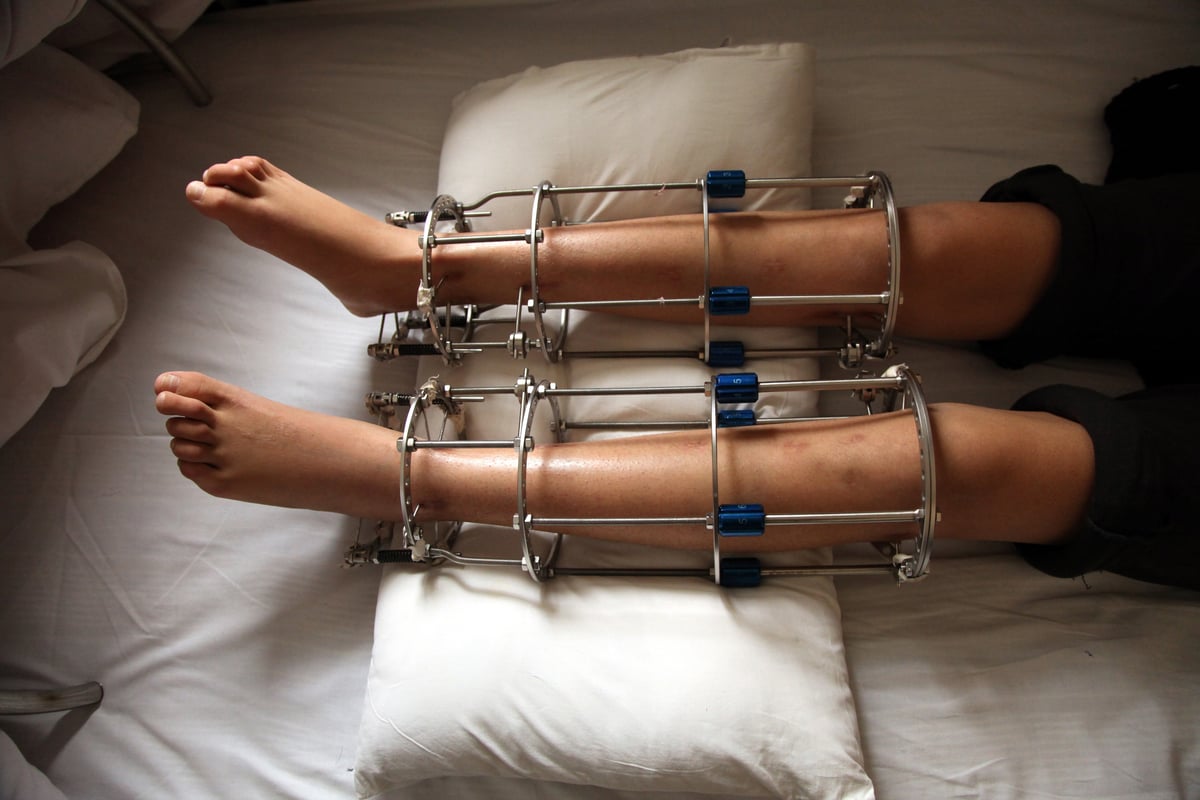
"At 12, I was taller than most girls," said Elaine Foo in an interview with the BBC. "By 14, I was suddenly shorter than everyone. Over time it became an obsession. Taller means better. Taller means more beautiful. I just felt that taller people had more chances."
Dreaming of growing from 5ft 2in (157cm) to 5ft 5in (165cm), the 49-year-old voluntarily underwent one of the most extreme cosmetic procedures available — having both her thigh bones surgically broken, then fitted with expandable metal rods that would slowly stretch her legs by several centimetres over the coming months.
While it might sound extreme, she's not alone.
In an interview with Mamamia, Professor Munjed Al Muderis — one of Australia's preeminent orthopaedic surgeons — confirmed what his operating theatre has been witnessing firsthand: women, not men, now dominate the patient list for this brutal path to extra height.
"Interestingly, we get more female clients than male clients asking for cosmetic lengthening," he told us.
Watch: Here's what happened when we asked Naomi McCullum, a cosmetic physician, everything she'd do to our face. Post continues below.




























































































